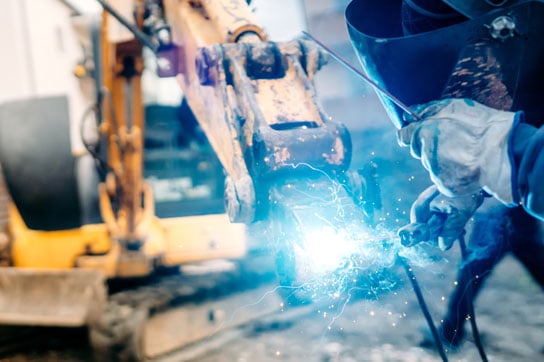First things first, let’s talk about some of the dangers of working with an electric welder. The biggest risk is obviously the risk of electrocution. Welding involves a lot of electricity, and if you don’t know what you’re doing, you could end up getting seriously hurt. You could also start a fire or explosion if you’re not careful.
Another danger is the risk of burns. Welding produces a lot of heat, and if you’re not wearing the proper protective gear, you could end up with some serious burns. You could also get injured by flying debris or hot metal, so it’s important to wear safety glasses and other protective equipment.
So, now that we’ve talked about some of the dangers, let’s talk about some safety recommendations. The first thing you should do is make sure you’re properly trained. Don’t just assume that you can figure it out on your own. Take a class or get some hands-on training from someone who knows what they’re doing. It’s also important to read the instruction manual that comes with your welder and follow all safety guidelines.
Next, make sure you’re wearing the proper protective gear. This includes a welding helmet, safety glasses, gloves, and flame-resistant clothing. Don’t skimp on this stuff – it’s there to protect you, so make sure you’re using it.
Another important safety tip is to keep your work area clean and organised. Make sure there are no flammable materials nearby, and keep a fire extinguisher within reach just in case. You should also have a first aid kit nearby in case of any injuries.
When you’re welding, make sure you’re working in a well-ventilated area. Welding produces a lot of fumes and gases that can be harmful if you breathe them in. Make sure there’s plenty of fresh air flowing through your workspace to keep you safe.
Finally, make sure you’re using your welder properly. Don’t overload it or use it in a way that it wasn’t intended for. Always double-check your connections and make sure everything is secure before you start welding.
In conclusion, working with an electric welder can be dangerous if you’re not careful. But by following these safety recommendations, you can minimise the risks and stay safe on the job. Remember, it’s always better to be safe than sorry. So take the time to learn how to use your welder properly and make sure you’re using all the necessary safety equipment. Stay safe out there, guys!
Cheers,

![]()






